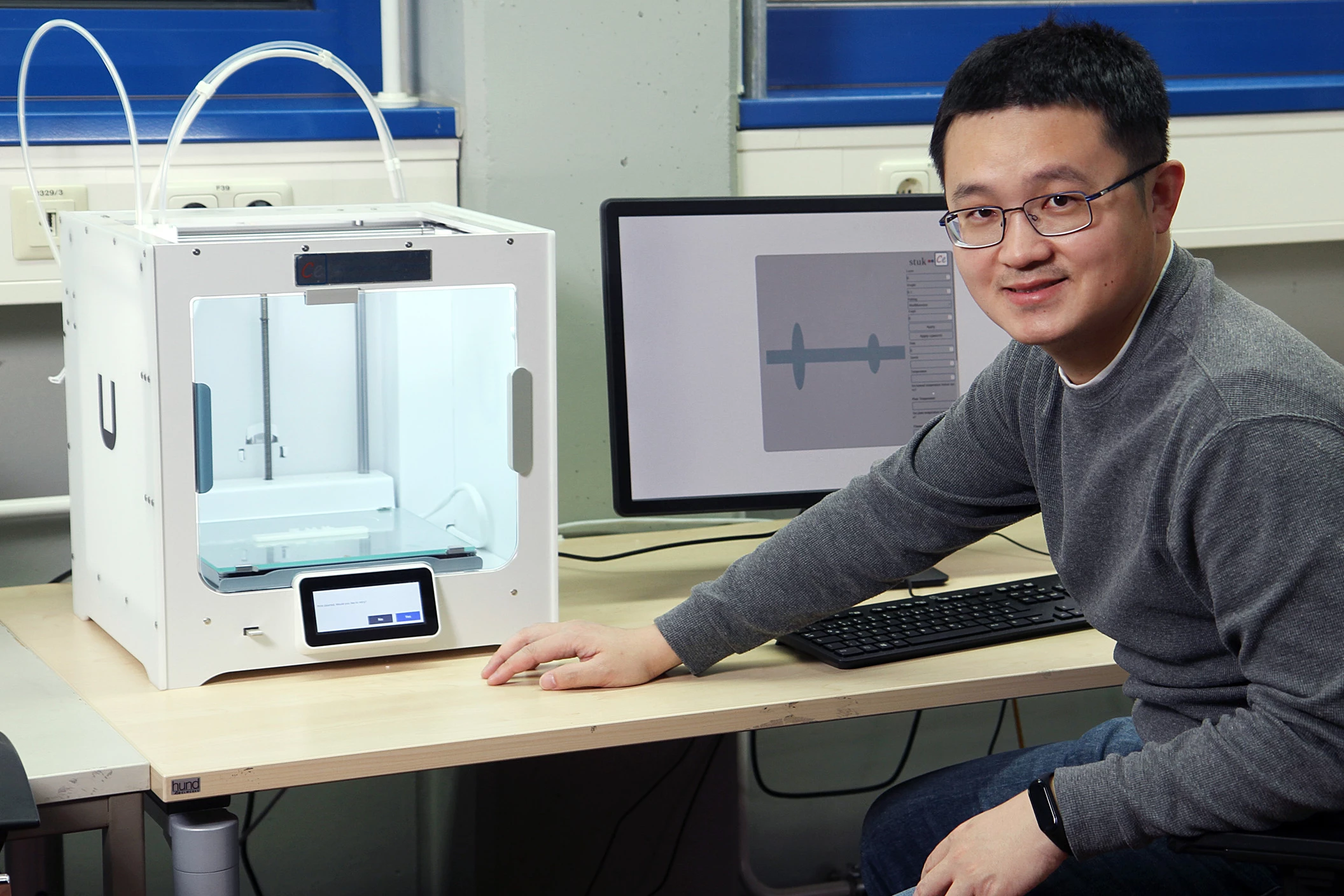When most people think of 3D printing, they think of fused deposition modelling (FDM), wherein an object is built up in successive layers of molten thermoplastic. A new computer system is able to tweak that process, in order to build structurally stronger items.
One of the problems with existing FDM technology lies in the fact that when a fresh layer of melted plastic is extruded from the print nozzle, it's significantly hotter than the previously extruded layer which it's being deposited onto, which has had some time to cool.
If there's too much of a temperature difference between the two layers, they may not fuse together properly. That faulty seam between the layers will form a weak spot in the finished product.
In order to address this problem, a team from Germany's Technical University of Kaiserslautern (TUK) developed the experimental software.
Taking into account the planned shape and size of the object, and the type of plastic, the system automatically adjusts parameters such as printing speed and nozzle temperature, based on what part of the item is currently being printed. In areas where strength is particularly important, for instance, it will ensure that the temperatures of adjacent layers are as close as possible.
It lab tests, microscope imaging showed that an object printed using the new system was structurally stronger than an otherwise-identical object printed conventionally.
"The aim of our technology is to optimally exploit the material properties," said TUK researcher Alexander Schlicher. "Similar processes do not yet exist."




